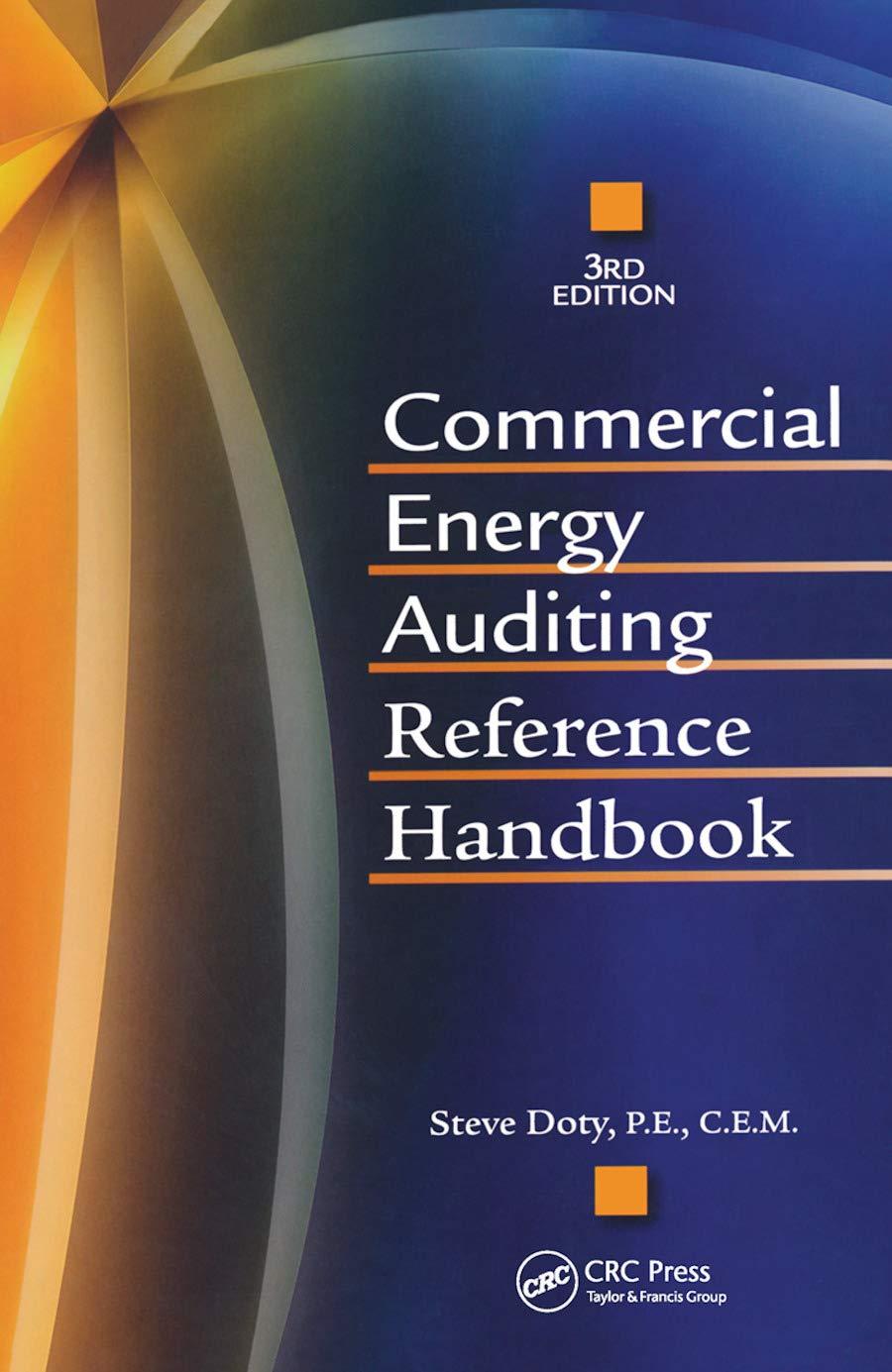D. Time-and-Material Pricing. 1. Under time-and-material pricing, the company sets two pricing rates a) i. ii. b) i. 2. Using time-and-material pricing involves three steps: a. b. c. 4. The charge for labor time is expressed as a rate per labor hour which includes: a b. c. 5. The charge for materials typically includes a material loading charge which covers the costs of: a. b. c. d. e. 6. The material loading charge is expressed as a percentage of the total estimated costs of parts and materials for the year. The company determines this percentage by doing the following: a. b. c. 7. The charges for any particular job are the sum of the a. b. c. G. Cost-Based Transfer Prices. 1. One method of determining transfer prices is to base the transfer price on 2. A cost-based transfer price may be based on a. b. C. 3. The cost-based approach often leads to poor performance evaluations and purchasing decisions. Under this approach, 4. The cost-based approach does not provide the selling division with proper incentive. In addition, this approach does not reflect the selling division's true profitability, and doesn't even provide adequate incentive for the selling division to control costs since the division's costs are passed on to the buying division. H. Market-Based Transfer Prices. 1. The market-based transfer price is based on existing market prices of competing goods. This system is often considered 2. the selling division has no excess When capacity 3. If the selling division has excess capacity, 4. In many cases, there is not a well-defined market for the good being transferred. As result, a D. Time-and-Material Pricing. 1. Under time-and-material pricing, the company sets two pricing rates a) i. ii. b) i. 2. Using time-and-material pricing involves three steps: a. b. c. 4. The charge for labor time is expressed as a rate per labor hour which includes: a b. c. 5. The charge for materials typically includes a material loading charge which covers the costs of: a. b. c. d. e. 6. The material loading charge is expressed as a percentage of the total estimated costs of parts and materials for the year. The company determines this percentage by doing the following: a. b. c. 7. The charges for any particular job are the sum of the a. b. c. G. Cost-Based Transfer Prices. 1. One method of determining transfer prices is to base the transfer price on 2. A cost-based transfer price may be based on a. b. C. 3. The cost-based approach often leads to poor performance evaluations and purchasing decisions. Under this approach, 4. The cost-based approach does not provide the selling division with proper incentive. In addition, this approach does not reflect the selling division's true profitability, and doesn't even provide adequate incentive for the selling division to control costs since the division's costs are passed on to the buying division. H. Market-Based Transfer Prices. 1. The market-based transfer price is based on existing market prices of competing goods. This system is often considered 2. the selling division has no excess When capacity 3. If the selling division has excess capacity, 4. In many cases, there is not a well-defined market for the good being transferred. As result, a










